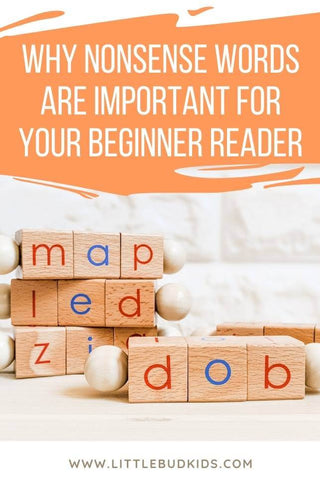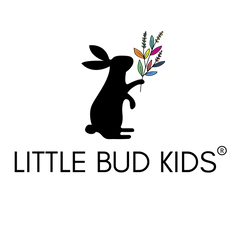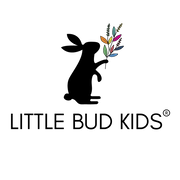Why Learning Nonsense Words are Important for Beginner Readers
 A beginner reader becomes a true reader when they are able to read words purely based on the letters themselves and not on clues or visual memory of how a word looks (with the exception of sight words). Contrary to "guided reading" that relies on giving external clues to a word, phonics relies on attaching letter sounds to its written form and blending them together in a predictable way. Children who have a strong phonics foundation are able to look at a word and piece-by-piece decode what it is.
A beginner reader becomes a true reader when they are able to read words purely based on the letters themselves and not on clues or visual memory of how a word looks (with the exception of sight words). Contrary to "guided reading" that relies on giving external clues to a word, phonics relies on attaching letter sounds to its written form and blending them together in a predictable way. Children who have a strong phonics foundation are able to look at a word and piece-by-piece decode what it is. That's why even learning how to read "nonsense CVC" words is so valuable to a child's chance to practice blending. Nonsense words expands critical thinking and vocabulary, prompting a child to think if what they're reading is a real word. And if not, like in the case of "dob," coming across nonsense words prompt discussions of usage (it may not be a real word, but it could be an acronym, like in the case of DOB or Date of Birth).
So, don't shy away from nonsense words! They're great for CVC practice, critical thinking, and they provide opportunities for working on rhyming (perhaps if "dob" is not a word, can they think of a real word that rhymes with "dob" instead?)
Here are 3 different ways to put those nonsense words to work coupled with other reading tools like phonetic reading blocks:
-
Real or nonsense words shout: Grab a phonetic reading rod. Keep the right letter still while spinning the left letter. Read each new word and shout out whether it's real or nonsense. Now, switch the block that spins, and repeat. Keep track of the score and see how many real vs nonsense words you can get!
-
Real or nonsense words writing practice: Grab a paper and a wooden rod. One column = real words. One column = nonsense words. Spin out new words on your wooden rod, and write down the words in their appropriate column.
- Real or nonsense word sort: Kids love to sort. And kids love to transform things. Get 2 different boxes and transform them into mailboxes, animals with open mouths, etc.... Creating these boxes could be an activity in of itself. Create a collection of cards with written CVC words that are both real and nonsense. Allow your child to sort through which one is real or nonsense and "feed" them into the appropriately labeled "real" or "nonsense" box. You can use these sorting boxes for different activities too!


Muchas gracias. ?Como puedo iniciar sesion?
Leave a comment